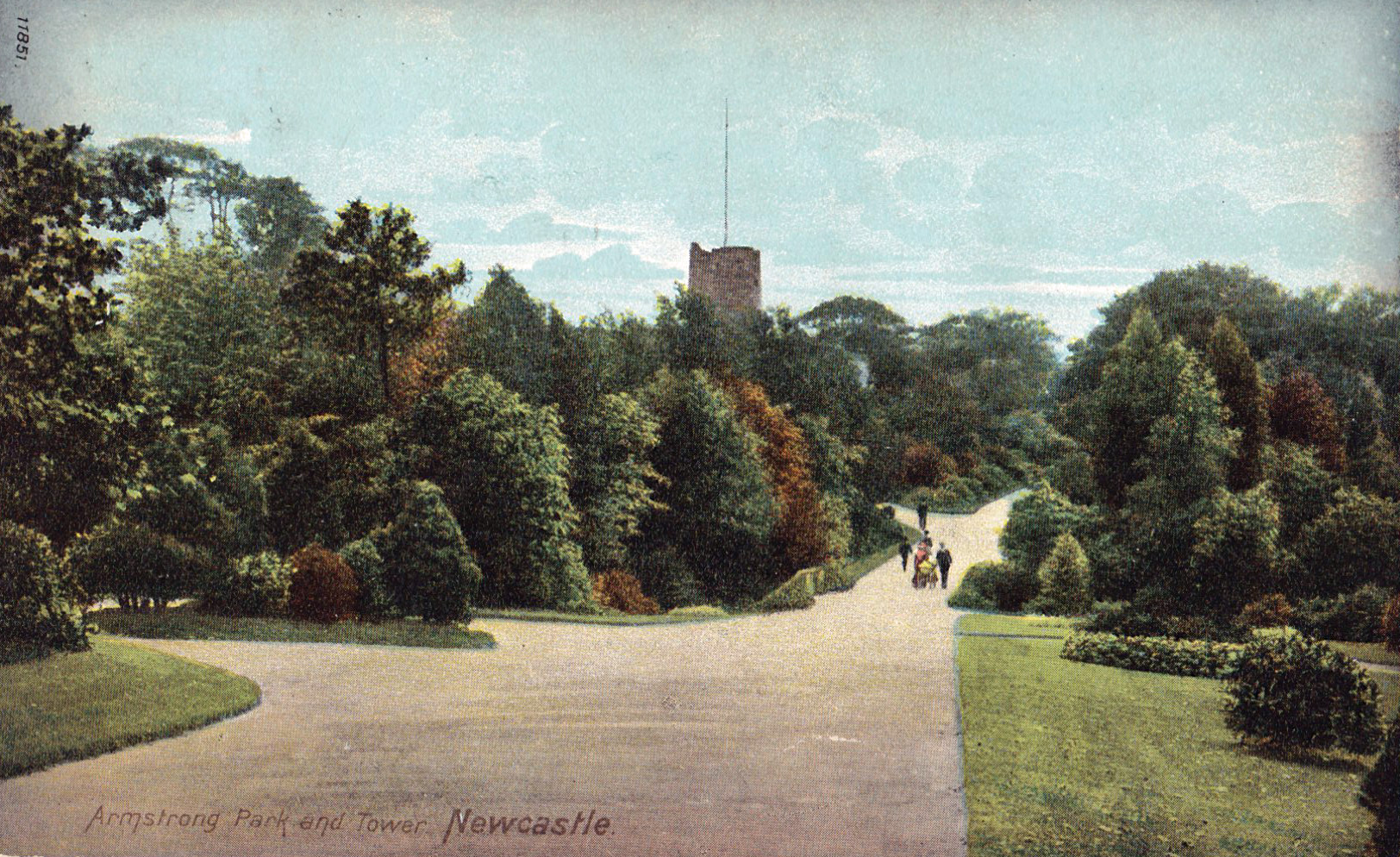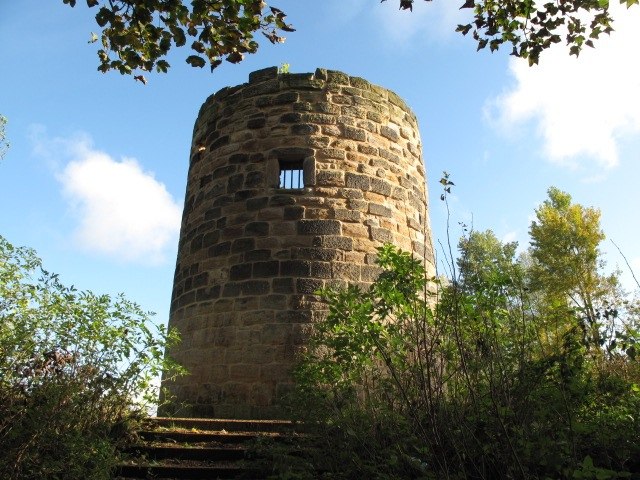Heaton History Group is often contacted by people who used to live in the neighbourhood and have vivid and usually fond recollections. We love to hear their memories. ‘RS’ still returns to Heaton from time to time. Here is the fourth instalments of his thoughts.
‘For the first time in several decades, it’s time to cross Heaton Road and enter Armstrong Park. I can already observe one obvious change across the road, but l’ll talk about that once on the other side.
Crossing Heaton Road, from this western end of Rothbury Terrace, is not what it used to be. Now there are two pedestrian crossings to assist in that process, positioned surprisingly close together; a lad just took his chances back in the ’60s. Choosing the nearer one I walk over, mildly disappointed to note the lack of Hillman Imps, Morris Minors or Ford Anglias among the cars that pull up for me at the lights. Strange, that.
The difference that was observed from across the road is this: no longer are the entrances to Armstrong Park protected by large iron gates, which previously functioned to supervise its opening and closing times. Now there is a situation of apparently open access, from which it seems reasonable to infer that the park is available to all-comers on a 24/7 basis, as the modern saying would have it. And that’s progress, I suppose.
Will the bowling green and its associated pavilion still be there, to my right? Reassuringly, I soon see that they are, but there is a change in evidence. In the opposite to what has happened to the park entrance itself, where hindrance has been removed, access has been restricted to the bowling green in the sense that its southern side, along which I am walking, is now protected by a tallish, brown, wooden, stockade-style fence. A protection from intruders with vandalism on their minds, perhaps – and maybe linked to the fact that people can now seemingly wander around the park at anytime of the day or night.

So a little further on and down, to the six tennis courts, bisected by a narrow path; the courts on which one could play for sixpence an hour or, if you prefer, two and half pence in new money. I occasionally played (inexpertly) here myself, but seem to recall that the courts were not particularly busy other than during Wimbledon fortnight, and a bit beyond. Six courts may still be there but, once again, something has changed. The first three remain as they were, but the courts to their right are now configured for basketball, rather than tennis.
On to the large grassy area, just past the courts, and with more changes to observe. On the front part and to my right there used to be a playground area of swings, see-saws, roundabouts and the like, all standing on tarmac – or was it concrete? – but now all gone. Has this area been transformed only recently? I wonder, because the now entirely grassy location where the playground once was still retains the impressions and outlines of what used to be here, which seems a bit bizarre given that it all originally stood on hardstanding. (I rather wish I’d saved my ‘Turin Shroud’ metaphor for this experience, rather than have used it up in part 2 – but you get the drift.) No more can younger children enjoy themselves on the playground that once existed here. On the other hand, the area is more open for games of football, cricket, frisbee throwing etc. So, it’s all swings and roundabouts, I suppose.
(Or, er, rather it isn’t. Anymore.) Cough.
But I can no longer ignore or deny the existence of the timeless, defining feature of Armstrong Park, now looming up in front of me. Yes, gates, fences, tennis courts and playgrounds may come and go, but the old windmill remains and endures. There it still is, the sturdy, silent sentinel of Armstrong Park, mighty but mute, necessarily revealing nothing of the numerous stories that the stony, stoic stare of its ever-watchful windows must have witnessed over so many generations past.

Today it is dignified with a path around its circumference, although the quid pro quo for that improvement is the loss of dignity unavoidably incurred by the cutting of a door-sized hole in its side, necessarily obliging it to relinquish some of its cylindrical secrets – although, if the truth be told, there is precious little of interest to see in there. More helpfully, there is now a notice-board to the front and other side of it, giving much interesting and useful historical information. Fifty years ago none of these features were present. Although I have vague memories of being told it was indeed an old windmill, it was just – well, it was just … there, sprouting out of the grass with no realistic way of seeing inside and with no information provided about it at all.
A short walk away is, of course, Heaton Park itself. In truth, I spent more of my childhood there than in Armstrong Park, so it will be particularly interesting to visit it again, after all this time.
We’ll soon take that brief walk together …’

I am so enjoying these memories of my old stomping ground of the 40s and early 50s. Played many a game of tennis on those courts. In fact my first date with the boy who would become my husband was playing tennis there. I beat him. Surprised we even had a second date!
Anyway I looking forward to the reminiscences of Heaton Park where I virtually lived as a child as I lived in the next street to the park, Stannington Avenue.
Glad you’re enjoying them, Muriel. Feel free to add more of your own memories here.